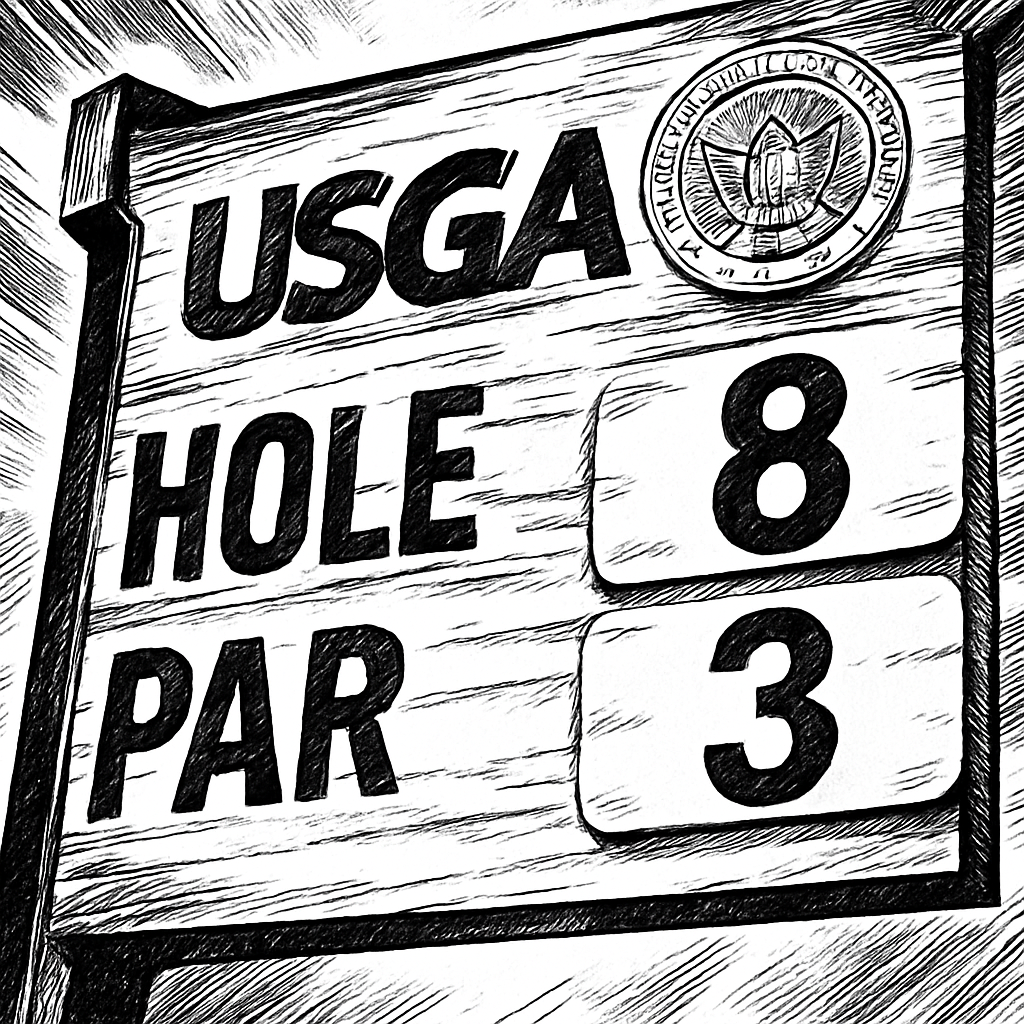OAKMONT, PA — The eighth hole at Oakmont Country Club, measuring a staggering 301 yards, has become the longest par three in major championship history at this week's US Open. Dubbed "silly" and "ridiculous" by some players, the hole has sparked intense debate: is it a gimmick or a psychological masterstroke?
The Hole That Defies Convention
At first glance, the eighth hole—nicknamed "Sahara"—seems to defy the very definition of a par three. Stretching 301 yards from the back tees, it requires a driver or even a fairway wood for most players, a rarity for a hole traditionally designed for irons. "It’s not a par three; it’s a short par four," complained one anonymous player during practice rounds.
Oakmont’s setup is no accident. The USGA, known for its brutal course setups, has embraced the challenge, with chief championships officer John Bodenhamer defending the decision: "We want to test every aspect of a player’s game. This hole does that—it’s about strategy, nerve, and execution."
Player Reactions: Divided Opinions
The reactions from the field have been polarized. Some, like 2022 US Open champion Matt Fitzpatrick, see it as a fair test: "It’s tough, but majors are supposed to be tough. You have options—lay up or go for it. That’s golf." Others, however, are less charitable. A veteran caddie called it "a joke", while a top-20 player muttered, "This isn’t golf; it’s target practice."
Key criticisms include:
- The lack of a true "par three" feel, forcing players to hit drivers into a green designed for wedges.
- The psychological toll of potentially making a double bogey on a hole where par feels like a birdie.
- The risk-reward imbalance, with deep bunkers and thick rough punishing even slightly errant shots.
Historical Context: Not the First Controversy
Oakmont is no stranger to pushing boundaries. In 2007, the course’s infamous "Church Pews" bunker on the third hole drew similar ire. Yet, as Bodenhamer pointed out, "Great courses make players uncomfortable. That’s the point."
The 301-yard par three isn’t unprecedented in golf history, but it’s the longest ever in a major. The previous record was held by Royal Troon’s "Postage Stamp" at 247 yards in the 2016 Open Championship. However, Oakmont’s version adds a new layer of difficulty with its undulating green and penalizing runoff areas.
The Mental Game
Sports psychologists argue the hole is a deliberate mind game. Dr. Alan Fine, a performance coach, explains: "It forces players to confront ego versus strategy. Do they take the aggressive line and risk disaster, or play safe and accept a likely bogey?"
Early-round scoring supports this theory. During Thursday’s play, the hole averaged 3.65 strokes—effectively playing as a par four. Only 12% of players hit the green in regulation, while 40% carded bogey or worse.
The Verdict: Gimmick or Genius?
The debate hinges on perspective. Traditionalists argue it strays too far from the spirit of a par three, while modernists see it as an evolution of the game. As two-time major winner Zach Johnson quipped, "If you don’t like it, play better."
What’s undeniable is its impact. Whether through frustration or fascination, the hole has dominated pre-tournament chatter. As Bodenhamer noted, "That’s what we want—conversation, challenge, and drama."
Conclusion: A Defining Moment
By Sunday, the eighth hole may well decide the US Open. Its length, difficulty, and psychological weight make it a potential turning point. Whether it’s remembered as a gimmick or a masterstroke depends on one thing: "Who conquers it under pressure."


